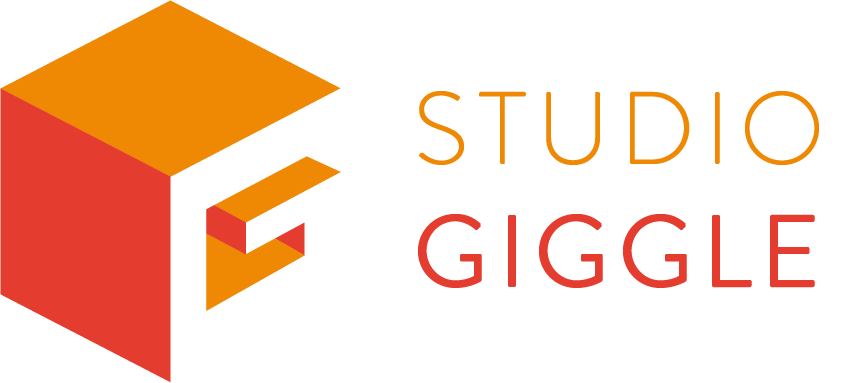Virtual reality has played a huge part in the improvement of both the healthcare and education industries, but it also has several other smaller significant roles.
Military
Obviously we are pacifists here at Studio Giggle but we do like a bit of military tech. The military was using VR as early as 1961 when it created the first motion-tracking head-mounted display. The device they created had a video screen for each eye and a magnetic motion tracking system. It allowed for immersive remote viewing of dangerous situations. To find out more about the origins of VR click here to read our blog. Since then VR has only become more and more important for the Military.
The predominant use of VR in the military is training. In 2016 theTelegraph reported that 1 in 20 deaths in the military were as a result of accidents during training. The ability to do some training remotely using VR headsets could drastically reduce this number, and thus saving unnecessary deaths. There are several different types of training that VR can assist with including flight simulation, combat training and medical training. Similarly to our blog on healthcare, the Military uses VR to train soldiers in medical combat which could help save lives in emergencies. Not only does using VR help to reduce the unnecessary deaths of people who die during training, but it can also save the military a lot of money. Training is very expensive, especially airborne training so it is more cost-effective to use flight simulators than actual aircraft.
Another way that VR can be hugely beneficial for the military is its ability to help treat post-traumatic stress disorder. Soldiers suffering from combat trauma can learn how to deal with their symptoms in a safe environment. They can be exposed to the mental triggers slowly so that they can gradually adjust to it and then can be ease back to normality.
This is just two of the ways that VR can be used to help the military and we can see just how important that they are, so it’s no wonder that the US military is expected to be investing$11billion into the technology by 2022.
Home Renovation
VR can help to revolutionise the way that we build/redesign houses. Earlier this year the BBC aired a new programme called ‘Your home, made perfect’. The core element of the programme was the use of VR to transport the homeowners to see what their house would look like under several different plans. The element of guesswork was removed as they were able to see just how everything would look in their house in front of their eyes. The users were able to visualise and interact with the early stages of a home renovation, from everything like knocking a wall down, to finalising what colour cabinet they want. This change could help to inspire more people to try home renovation, without the fear of ruining their home.
Fitness
For many people, finding time to go to the gym can be a chore, but VR could change all of that.ICAROS is a fitness machine that simulates flying when paired with a VR headset to merge both gaming and exercise. It helps to strengthen the user’s core muscles by making them plank whilst the machine moves up, down or side to side. The software promotes balance and swift reactions while the game takes your mind off the physical effort. This is just one of the many ways that VR allows fitness fanatics to be transported to another world whilst they are working out.
Courtrooms
One use of VR that you may not suspect is in the courtroom. VR can transport the judge and the jury to the scene of the crime without leaving the courtroom, this can help them to get a better sense of what happened and who is to blame. Twenty-five years ago, a jury in California were early users of VR to solve a case. The case was about a motorcyclist against Honda Motor Co as the motorcyclist believed that there was a fault with the Honda motorbike that had caused the accident. The judge and jury used headsets to watch a virtual reconstruction of the accident as it happened. Although the headsets lacked interactivity they were still able to provide a compelling argument to prove that a motorcyclist had decided to ride on dangerous terrain and that Honda Motor Co was not responsible for the accident.
Since then VR has been used to help prosecute others including WW2 war criminals. In 2016 VR was used as evidence to aid Auschwitz war trials of concentration camp guards. The VR used was a key part of the sentencing of Reinhold Hanning to 5 years in prison for his role in the murder of at least 170,000 people. The Digital imaging expert for the project, Ralf Breker, spent five days in Auschwitz taking laser scans of the building, and then he took a further six months to create the VR software. The footage allowed the user to examine the camp from every angle. In court, the judge explicitly referred to the VR model and said that the model made it possible to grasp what Reinhold Hanning would have seen from his post at the watchtower.
These last three blogs have included just some of the unusual ways that VR can be and is being used to improve the world that we live in. Who knows what VR will be able to do in the next 10 years or so, but it seems that the possibilities are endless.
To find out more about Studio Giggle’s VR experience then feel free to get in touch on 0117 972 0081 or email jon@studiogiggle.co.uk or you can watch this video of the VR experience that we created to Vauxhall a couple of years ago.


